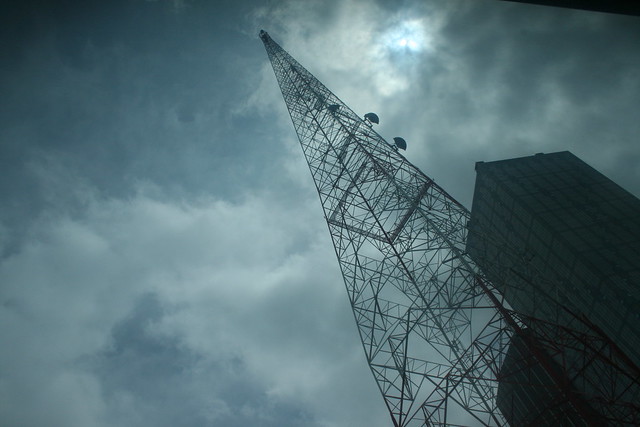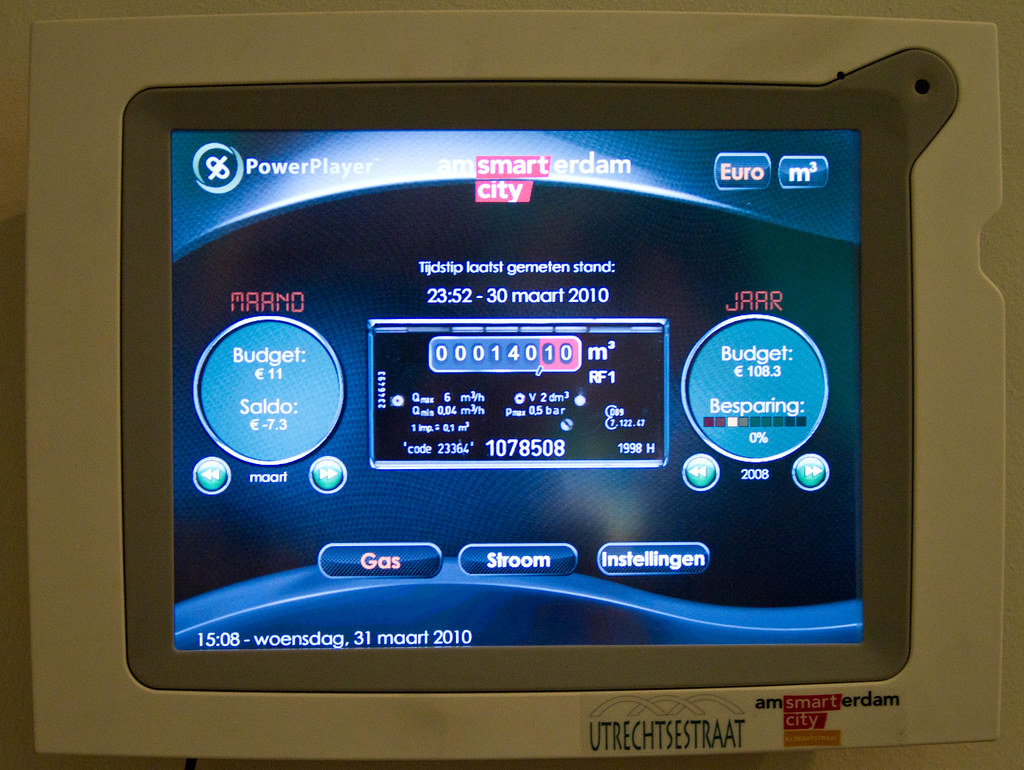I was asked to speak at the recent SAP TechEd && d-code (yes, two ampersands, that’s the branding, not a typo) on the topic of the Internet of Things and Energy.
This is a curious space, because, while the Internet of Things is all the rage now in the consumer space, the New Black, as it were; this is relatively old hat in the utilities sector. Because utilities have expensive, critical infrastructure in the field (think large wind turbines, for example), they need to be able to monitor them remotely. These devices use Internet of Things technologies to report back to base. this is quite common on the high voltage part of the electrical grid.
On the medium voltage section, Internet of Things technologies aren’t as commonly deployed currently (no pun), but mv equipment suppliers are more and more adding sensors to their equipment so that they too can report back. In a recent meeting at Schneider Electric’s North American headquarters, CTO Pascal Brosset announced that Schneider were able to produce a System on a Chip (SoC) for $2, and as a consequence, Schneider were going to add one to all their equipment.
And then on the low voltage network, there are lots of innovations happening behind the smart meter. Nest thermostats, Smappee energy meters, and SmartThings energy apps are just a few of the many new IoT things being released recently.
Now if only we could connect them all up, then we could have a really smart grid.
In case you are in the area, and interested, I’ll be giving a more business-focussed version of this talk at our Business of IoT event in London on Dec 4th.
The slides for this talk are available on SlideShare.



